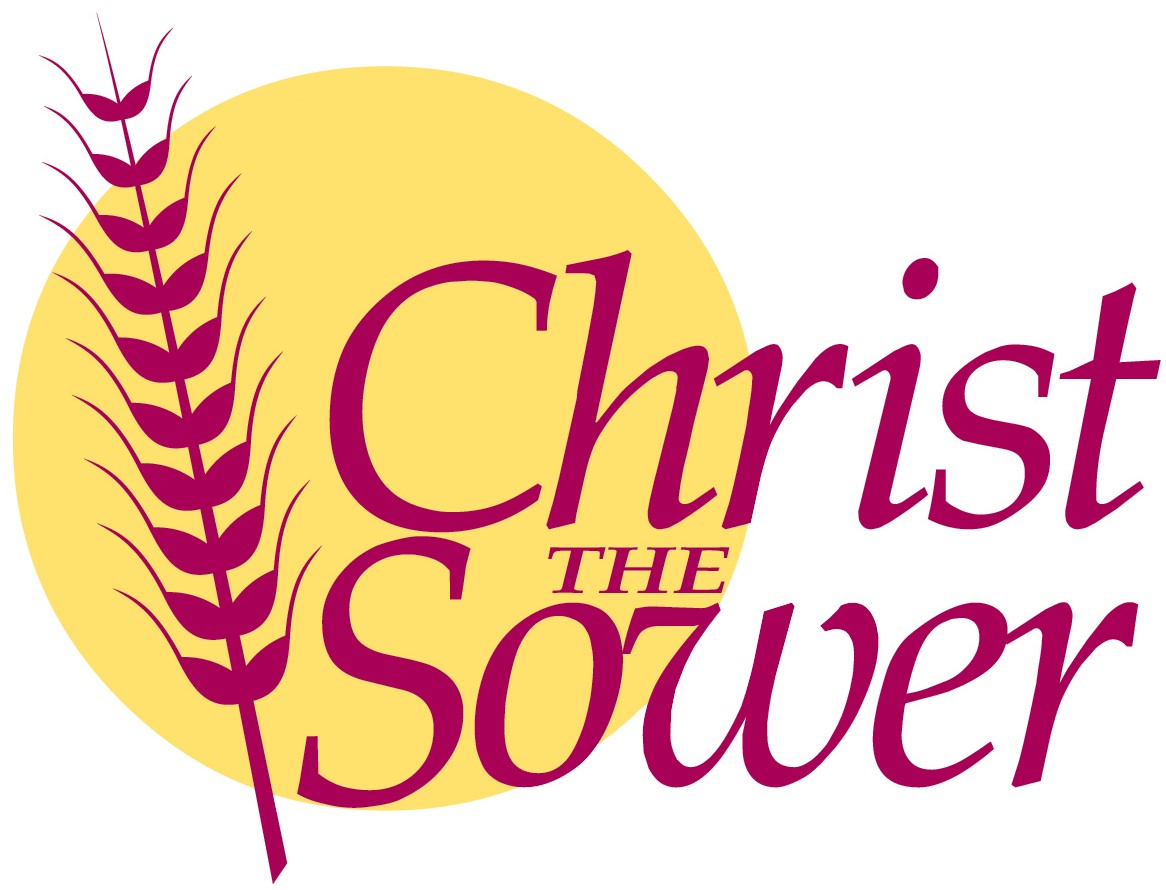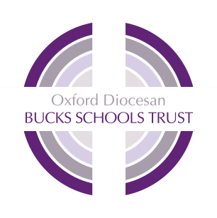Our Governors in Action
What is the role of the Local Governing Body?
Christ the Sower is an academy in a multi-academy trust (MAT). Our MAT (The Oxford Diocesan Bucks Schools Trust) – ODBST) is organised so that schools can work together and are run under the direction of a Board of Trustees with a common aim.
The Trustees in ODBST choose to pass on some of their governance functions to our local governing body (LGB). This is because it would be difficult for the Board of Trustees to monitor teaching and learning, the personal development of pupils, the way the school ensures pupils behave well and leadership and management for every school in the MAT. Having an LGB helps to make sure that someone is keeping an eye on these items and is able to give a school-level perspective of what is going on. These responsibilities are set out in a scheme of delegation so everyone knows who is responsible for what.
The LGB works to secure school improvement through challenging and supporting our headteacher and senior leadership team. We monitor our key performance indicators and act as a critical friend, providing scrutiny and support where appropriate. We do not become involved in day-to-day management issues – that is the role of the Head Teacher - but have a strategic role in the development of the school.
The role of a governor is varied and involves a wide range of tasks and decisions such as recruitment of staff, meeting external stakeholders, working with other schools, setting the budget and ultimately ensuring children in our school are given the teaching they need to achieve their full potential.
The local Governors at Christ the Sower are a strong team, united in their commitment to making our school the very best it can be and providing the best education your child deserves.
********************************************************************************
Governor Monitoring Visits
WHAT IS MONITORING?
Monitoring involves governors spending time in school, talking to leaders, visiting classrooms and talking to pupils and teacher to find out how we are teaching the subjects of the national curriculum, check that the content that curriculum leaders’ plan is carefully done so that the knowledge in each subject builds as pupils progress through the school. We also visit and check on the provision for pupils who need extra help, how we help pupils develop into responsible, respectful and active citizens, how well the school teaches pupils about good behaviour and how we keep our pupils safe.
Every governor looks after a subject or an aspect, and we visit and report back to the LGB on our visits.
*********************************************************************************
Our Governors are very active in school.
Governors in School - Pachal Candles
Reverend Ruth set our children the challenge of designing the Paschal candle to be used in our school for 2024 (not to mention the 5 churches of our Ecumenical partnership!) She visited us today to judge the winning entry- to be announced on Friday. #CARE
Making a difficult decision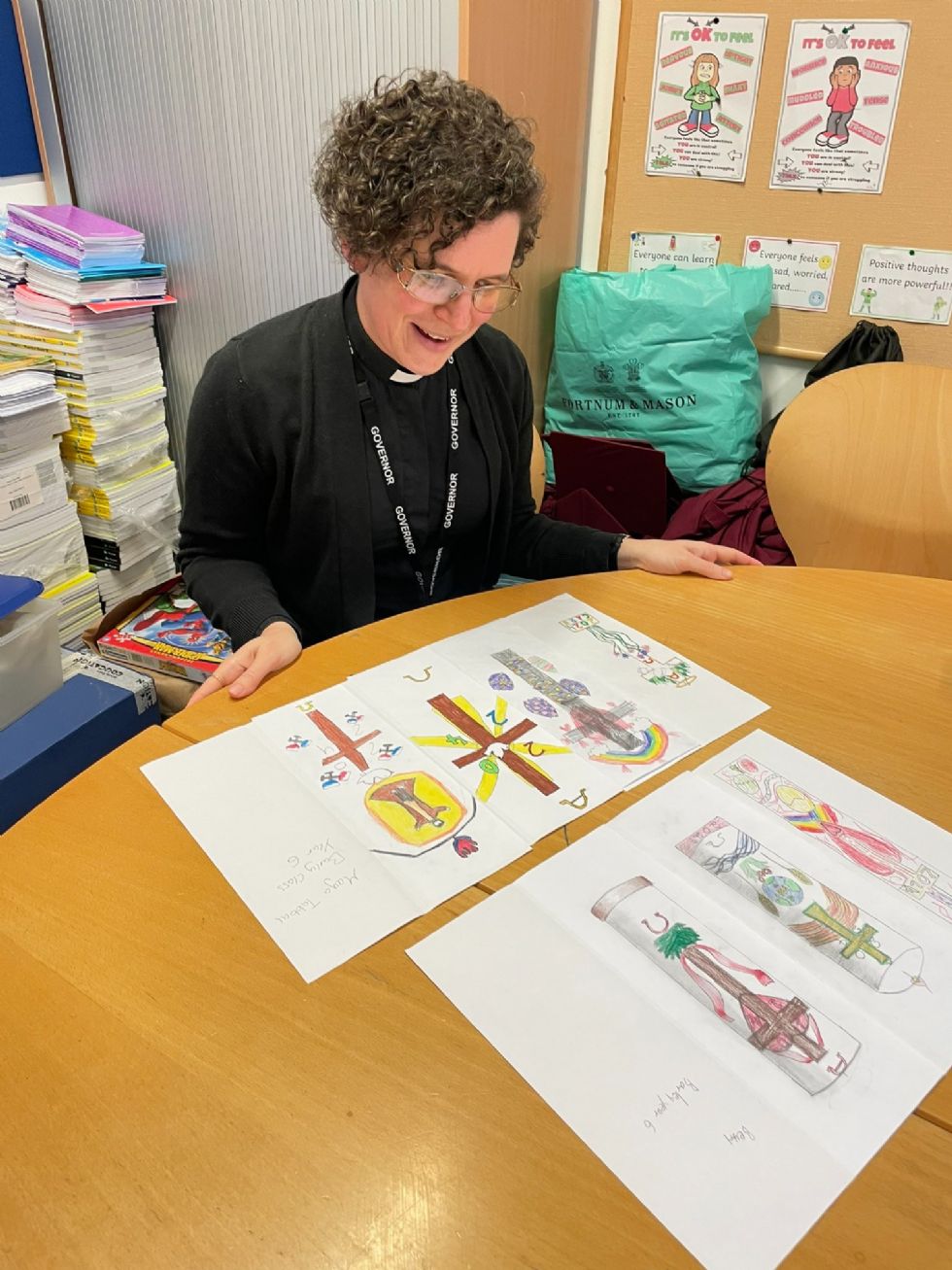 t
t
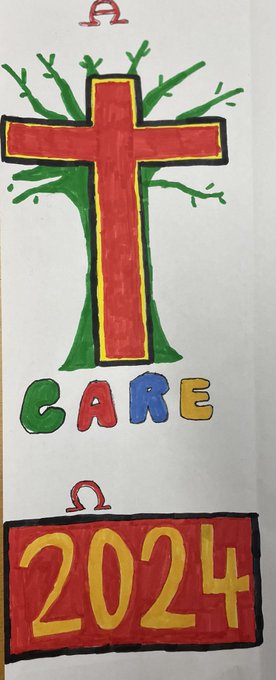
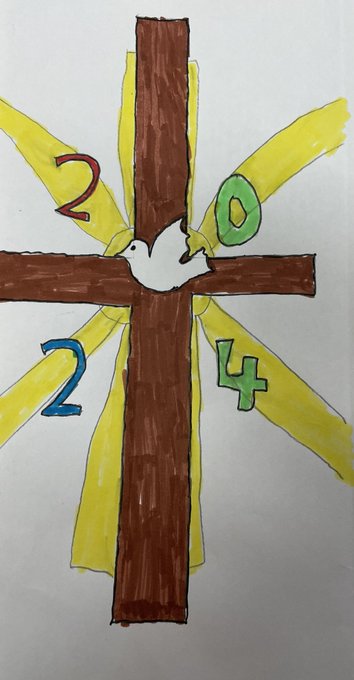 .
.
